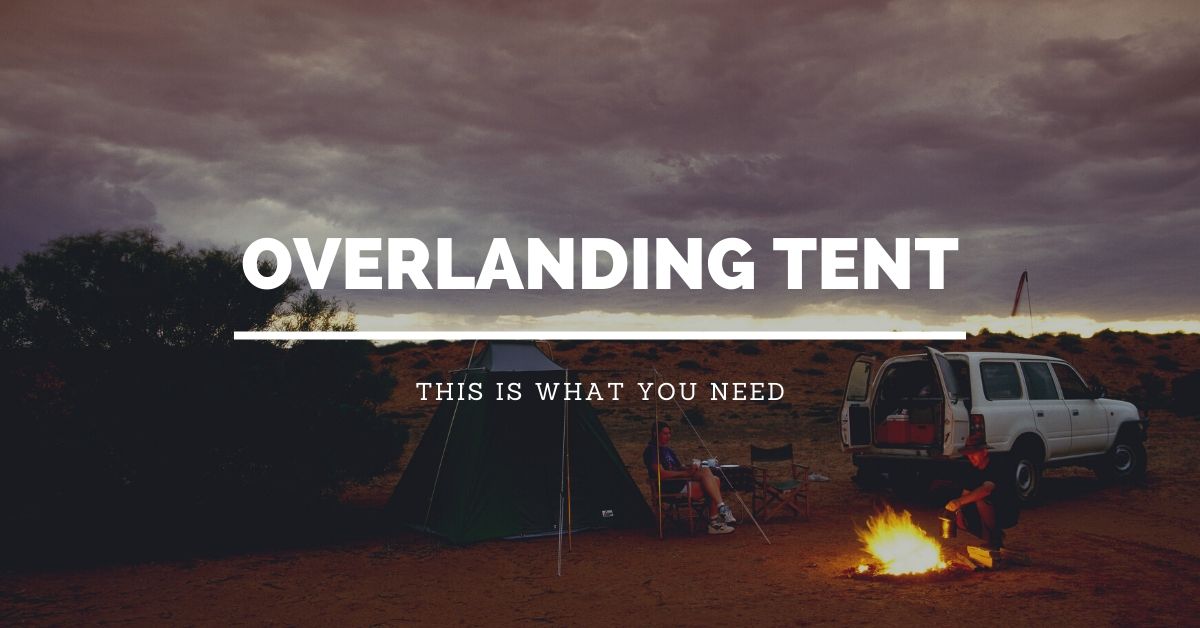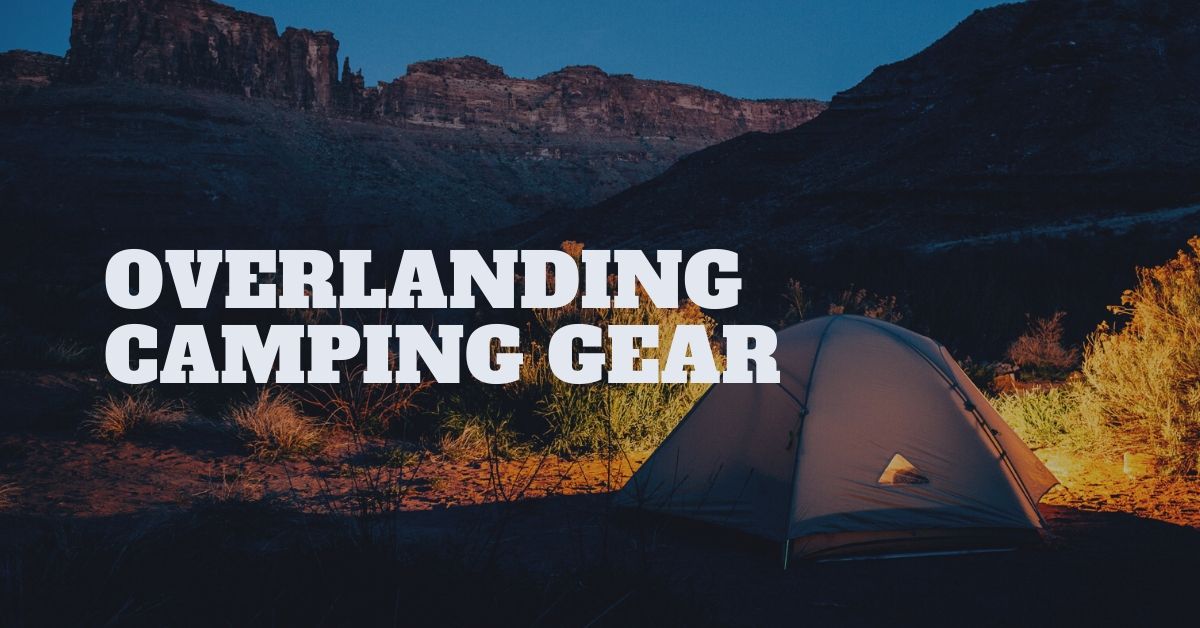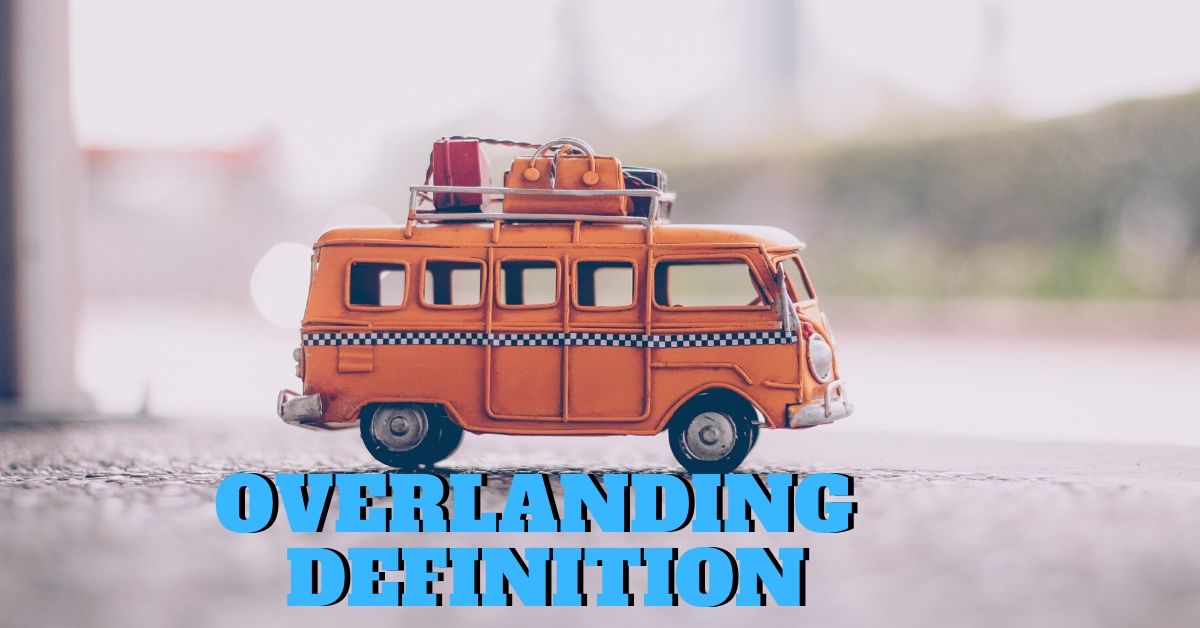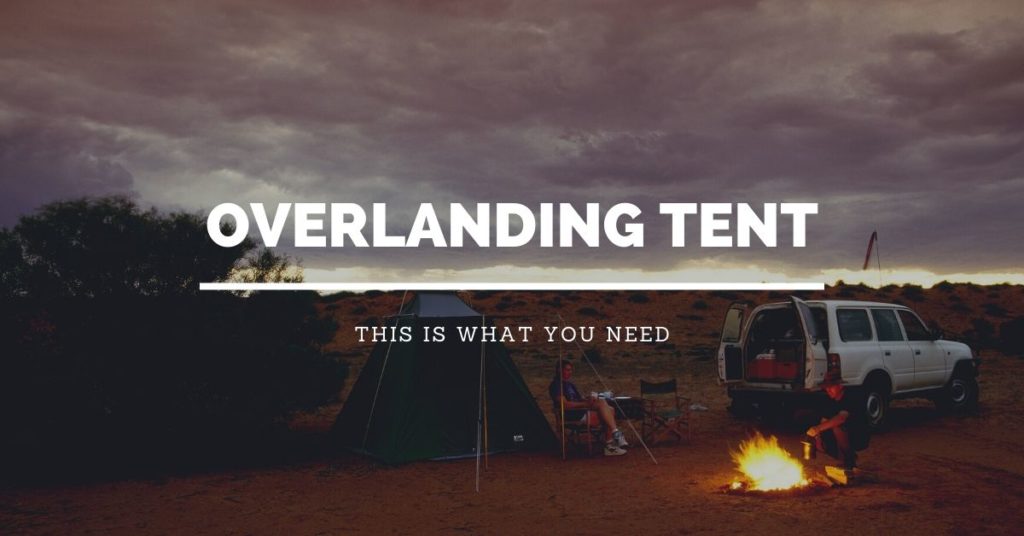
The three most popular sleep systems for overloading include in-vehicle, tent, and trailer. Of the three, the in-vehicle is the most limiting, and the trailer is the most intensive. And smack dab in the middle is the wonderful tent.
The Overlanding tent can be nothing more than a standard three or four season camping tent, or it can be an elaborate roof-mounted overland specific sleeping structure. Or even both as some roof-top rack platforms can double-duty as a flat spot for a standard tent.
The humble camping tent has some great overloading advantages. For one, it can be set up on any flat surface. Two, it can be easily moved around as needed. And three, as an overloading tent, it can be left in place while the vehicle is in use whether a quick run to the gas station, or out for a day trip.
Selecting An Overland Tent
Selection of an overlanding tent should lean towards durability over light weight. Additional considerations include peak height, or how tall the tent is inside. This is important if you would like to stand up, or at least pull up your pants while on your feet. Windows are another consideration. When overlanding in warm or hot weather, you will want plenty of ventilation. But those windows should also have bug netting.
Multiple doors is another thing to think about. Many tents offer exits on at least two sides reducing the number of crawl-overs in the tent. Nobody likes to get stepped on in the dark when nature calls your partner.
